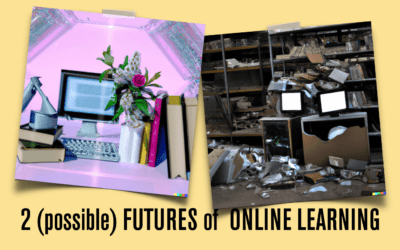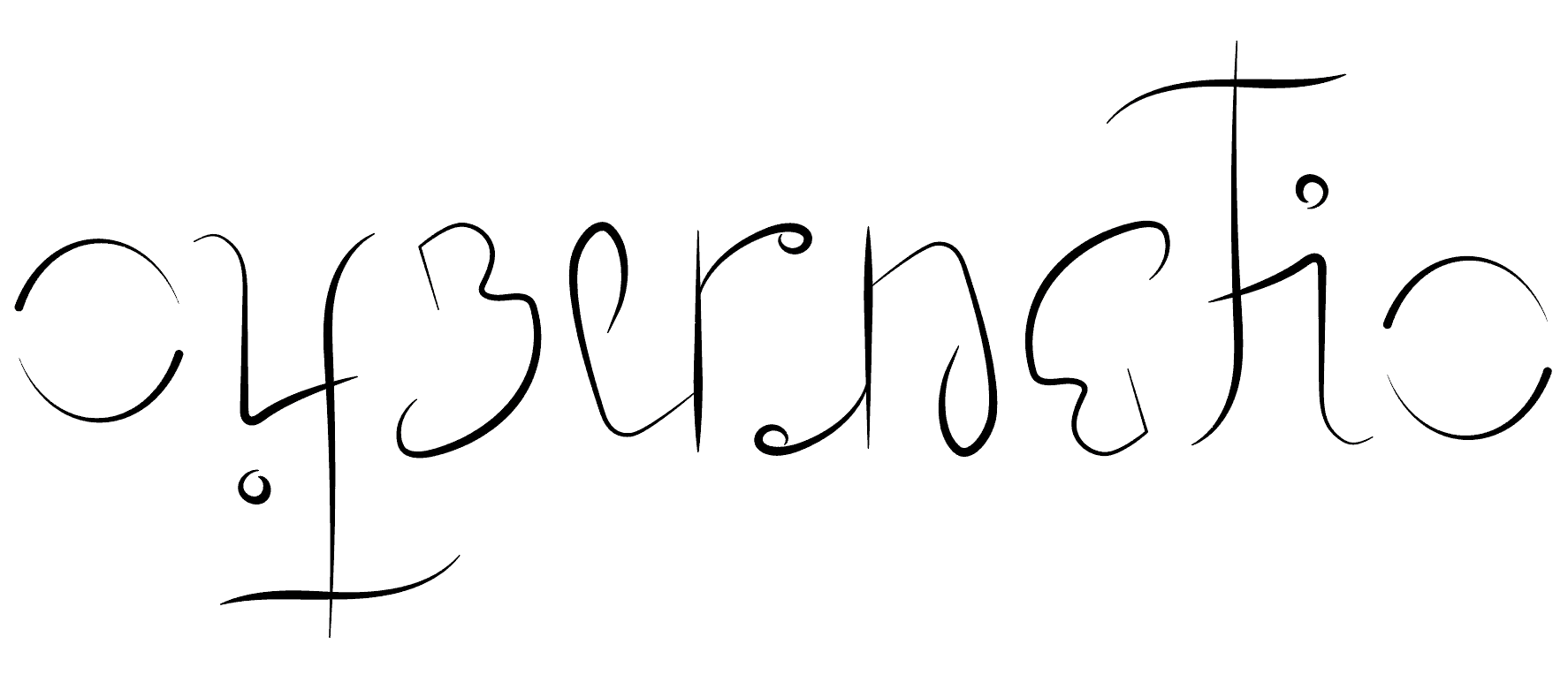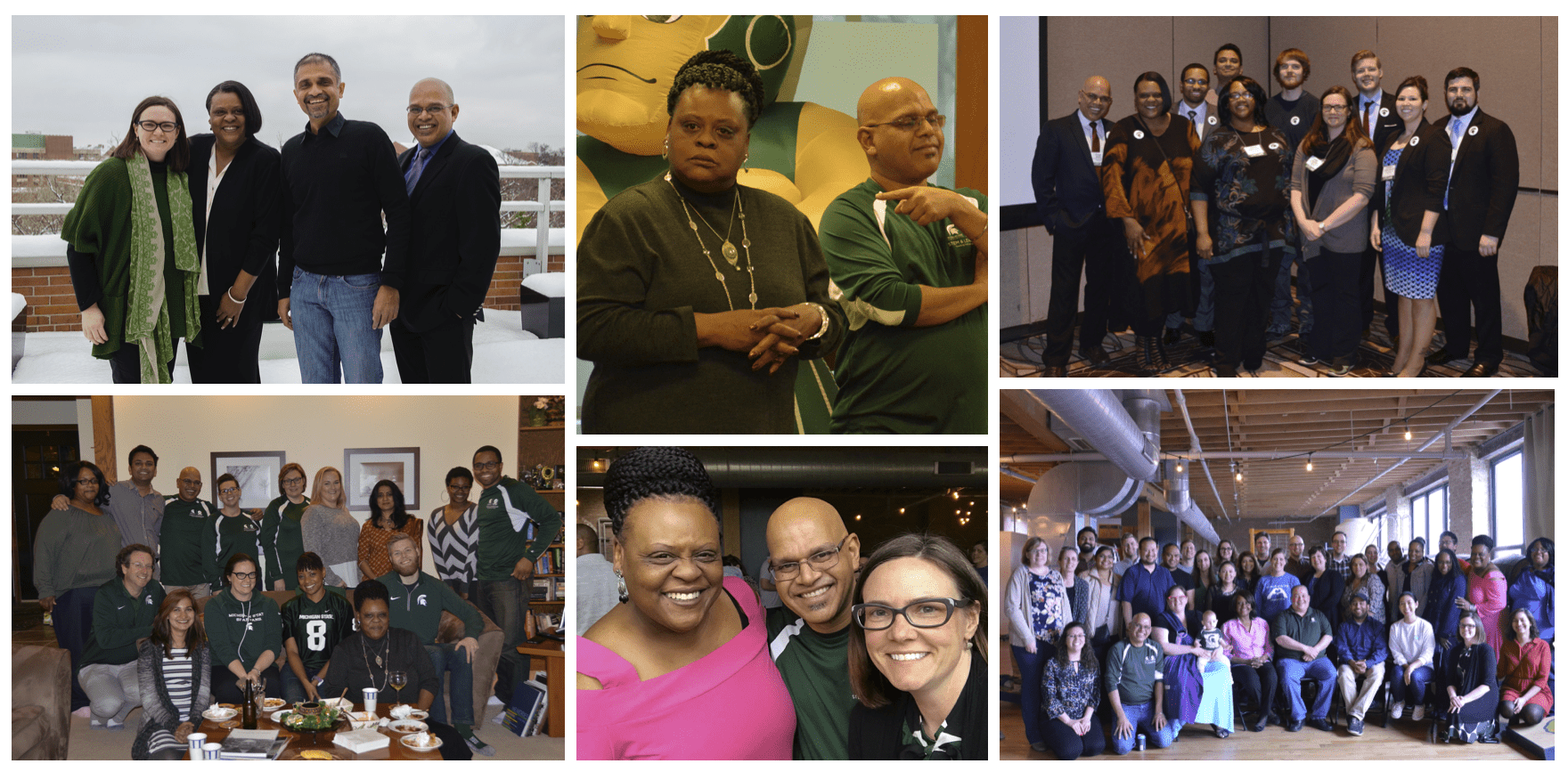Design is about engineering. It is about art. And most importantly it is about the psychology of individuals and groups and their interactions with artifacts.
I am always on the lookout for examples of good (or bad) design. Sadly I too often come across the latter than the former!
One fantastic example of good design I recently came across (thanks to Chris Rust and the PhD-Design List) ‘one of the most ambitious examples so far of “shared space” street design.” You have to see the video below to understand how design changes how humans behave and interact.
[youtube]http://www.youtube.com/watch?v=-vzDDMzq7d0[/youtube]




A great video. Part of the design, I think, is dependent upon the cultural or societal context of England. Would this design work as well in locations with a different population with different expectations related to intersections, lanes, and rights of pedestrians? In Kuwait, already I’ve seen a two-lane road become a five-lane road at a moment’s notice, depending upon the urgency of other drivers to get ahead of the car in front of them — regardless of whether a pedestrian was in the road or not. (And I was — but I have learned to move quickly!)